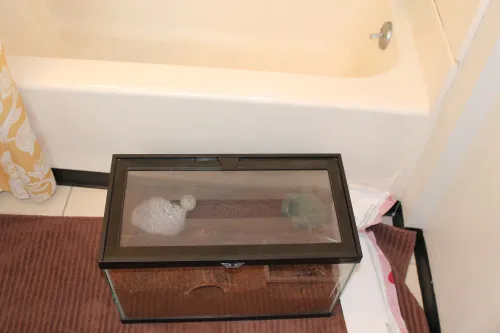Bringing a Rose Hair Tarantula into your home is an exciting experience, but it also comes with the responsibility of providing the best possible care. One of the most crucial aspects of tarantula care is selecting the right enclosure. The best tank for a Rose Hair Tarantula isn’t just about aesthetics it’s about creating a safe, comfortable, and enriching environment for your eight-legged friend to thrive. This guide will walk you through everything you need to know to choose the perfect tank, ensuring your tarantula lives a long, healthy, and happy life.
Tank Size for Rose Hair Tarantula
Choosing the right tank size is the foundation of proper tarantula care. A tank that’s too small will restrict your tarantula’s movement and may make it difficult to maintain the correct humidity and temperature. Conversely, a tank that’s too large can make it harder for the tarantula to find its food and feel secure, potentially leading to stress. The ideal tank size balances the tarantula’s needs for space, security, and environmental control. A well-sized tank contributes significantly to the overall well-being of your Rose Hair Tarantula.
Why Tank Size Matters
Tank size directly impacts several crucial aspects of your tarantula’s life. It affects the tarantula’s ability to regulate its body temperature, the ease with which it can find food and water, and its overall sense of security. A cramped environment can lead to stress, which may manifest as decreased appetite, lethargy, or even changes in behavior. A properly sized tank allows for the creation of a stable microclimate, making it easier to maintain the necessary humidity and temperature gradients. Furthermore, it provides ample space for the tarantula to move, explore, and engage in natural behaviors, contributing to its physical and psychological health. Finally, a tank that is too large can make it difficult for the tarantula to find its food and water, leading to stress and potential health issues. Proper tank size helps ensure the health and happiness of your tarantula.
Ideal Dimensions for Your Tarantula
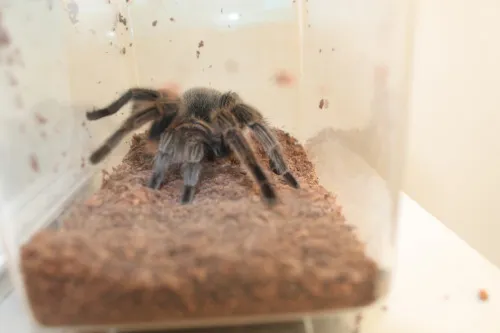
For a Rose Hair Tarantula, a general guideline is to provide a tank that is at least three times the tarantula’s leg span in width and length. For a juvenile, this might mean a tank around 10 gallons, while a fully grown adult will benefit from a 20-gallon or larger tank. The height of the tank is less critical for terrestrial species like the Rose Hair Tarantula, but it should still be sufficient to allow for a few inches of substrate and adequate ventilation. It is also important to consider the tarantula’s burrowing behavior when determining tank size. A tank that is too shallow will not allow the tarantula to create a secure burrow, while a tank that is too deep can make it difficult to maintain the correct humidity and temperature. The right dimensions are essential for the tarantula’s well-being. Remember to always prioritize the comfort and safety of your tarantula when selecting a tank.
Top 5 Tanks for Rose Hair Tarantula
With the right tank size in mind, let’s explore some of the best tank options available for your Rose Hair Tarantula. Each type of enclosure has its own set of advantages and disadvantages, so the best choice will depend on your budget, preferences, and the specific needs of your tarantula. Consider the following five options and choose the one that best suits your needs. Remember to always prioritize the health and safety of your tarantula when making your selection.
Tank 1 The Classic Glass Terrarium
Glass terrariums are a popular choice for tarantula keepers due to their clarity and ease of viewing. They come in various sizes and are readily available at most pet stores. The clear glass allows for excellent visibility, enabling you to observe your tarantula’s behavior and enjoy its presence. Glass tanks are also relatively easy to clean and maintain, and they offer good ventilation options if properly modified. These tanks are a good choice for most beginner tarantula keepers, offering a balance of affordability and functionality.
Pros and Cons
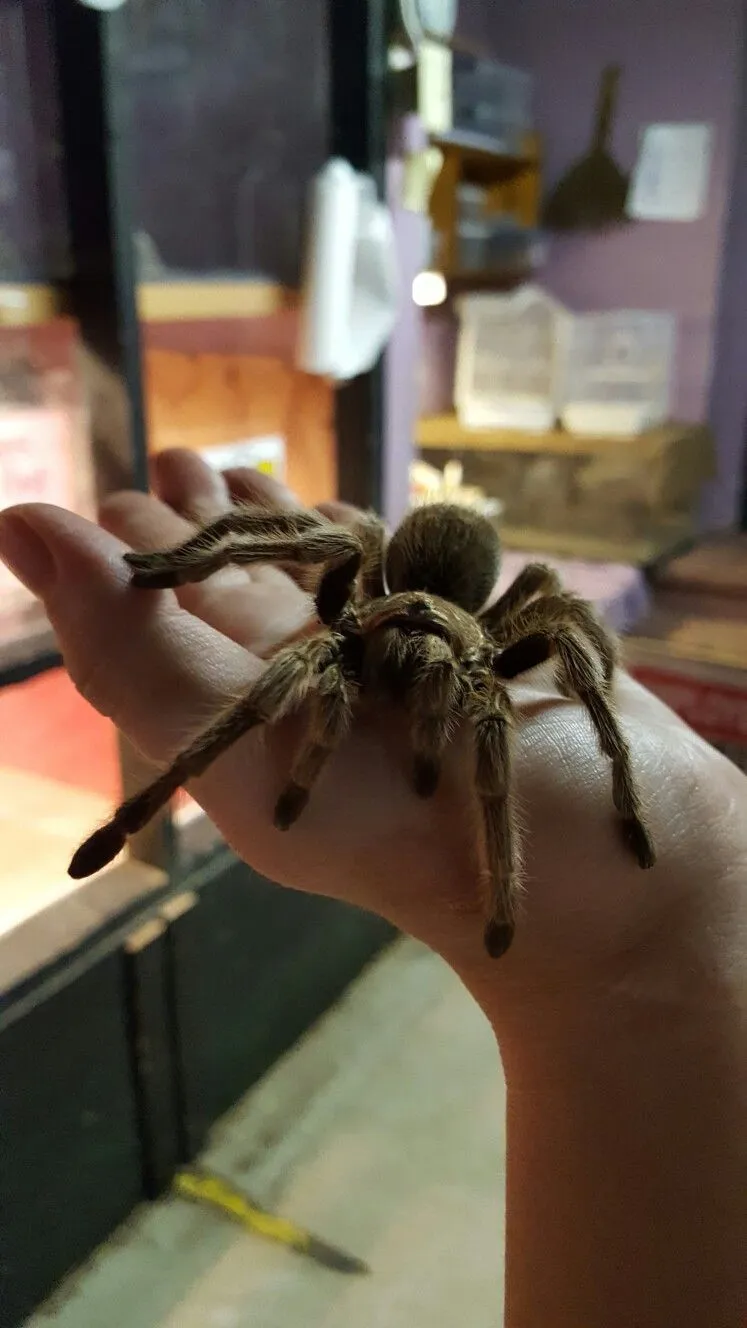
- Pros Great visibility, easy to clean, readily available
- Cons Can be heavy, may require modifications for proper ventilation, glass can be fragile
Tank 2 The Acrylic Enclosure
Acrylic enclosures are another excellent option, known for their lightweight design and superior clarity compared to glass. Acrylic tanks are less prone to cracking or breaking and often come with pre-drilled ventilation holes. They are also typically better insulators than glass, which can help maintain a more stable temperature and humidity. Acrylic enclosures can be a bit more expensive than glass terrariums, but their durability and ease of use often make them worth the investment.
Pros and Cons
- Pros Lightweight, excellent visibility, durable, often include ventilation
- Cons Can scratch easily, more expensive than glass
Tank 3 The Plastic Critter Carrier

Plastic critter carriers are a budget-friendly option, often used for juvenile tarantulas or as temporary housing. While not ideal for long-term housing, they can be suitable for younger tarantulas or for quarantine purposes. Ensure that the carrier has adequate ventilation and is large enough for your tarantula to move around comfortably. These enclosures are a great choice for temporary housing or for keeping juveniles, and they are typically very affordable.
Pros and Cons
- Pros Affordable, lightweight, easy to find
- Cons Limited visibility, less aesthetically pleasing, may require modifications for ventilation and substrate depth
Tank 4 The Custom-Built Tank
For the dedicated tarantula keeper, a custom-built tank offers the ultimate in customization. You can design a tank to perfectly suit your tarantula’s specific needs, including size, ventilation, and decor. Custom tanks can be made from glass, acrylic, or even wood, and they allow for creative designs that enhance both the tarantula’s habitat and the aesthetics of your home. Building your own tank can be a rewarding experience, but it requires some DIY skills and careful planning. These tanks can offer the perfect environment, tailored specifically for your tarantula.
Pros and Cons

- Pros Fully customizable, can meet specific needs, allows for creative designs
- Cons More expensive, requires DIY skills or professional help, may take time to build
Tank 5 The DIY Tank Option
If you’re on a budget and enjoy DIY projects, you can create a tarantula enclosure from readily available materials. Repurposed plastic storage containers can work well, provided they are properly ventilated and offer enough space. You can also modify glass tanks or aquariums. Always ensure that the enclosure is secure and that the tarantula cannot escape. Be sure to carefully consider the tarantula’s needs when designing the enclosure. This tank provides an affordable option for those who enjoy a hands-on approach.
Pros and Cons
- Pros Affordable, customizable, can be a fun project
- Cons Requires DIY skills, may not be as aesthetically pleasing as other options, requires careful planning to ensure security and proper environment
Essential Tank Features
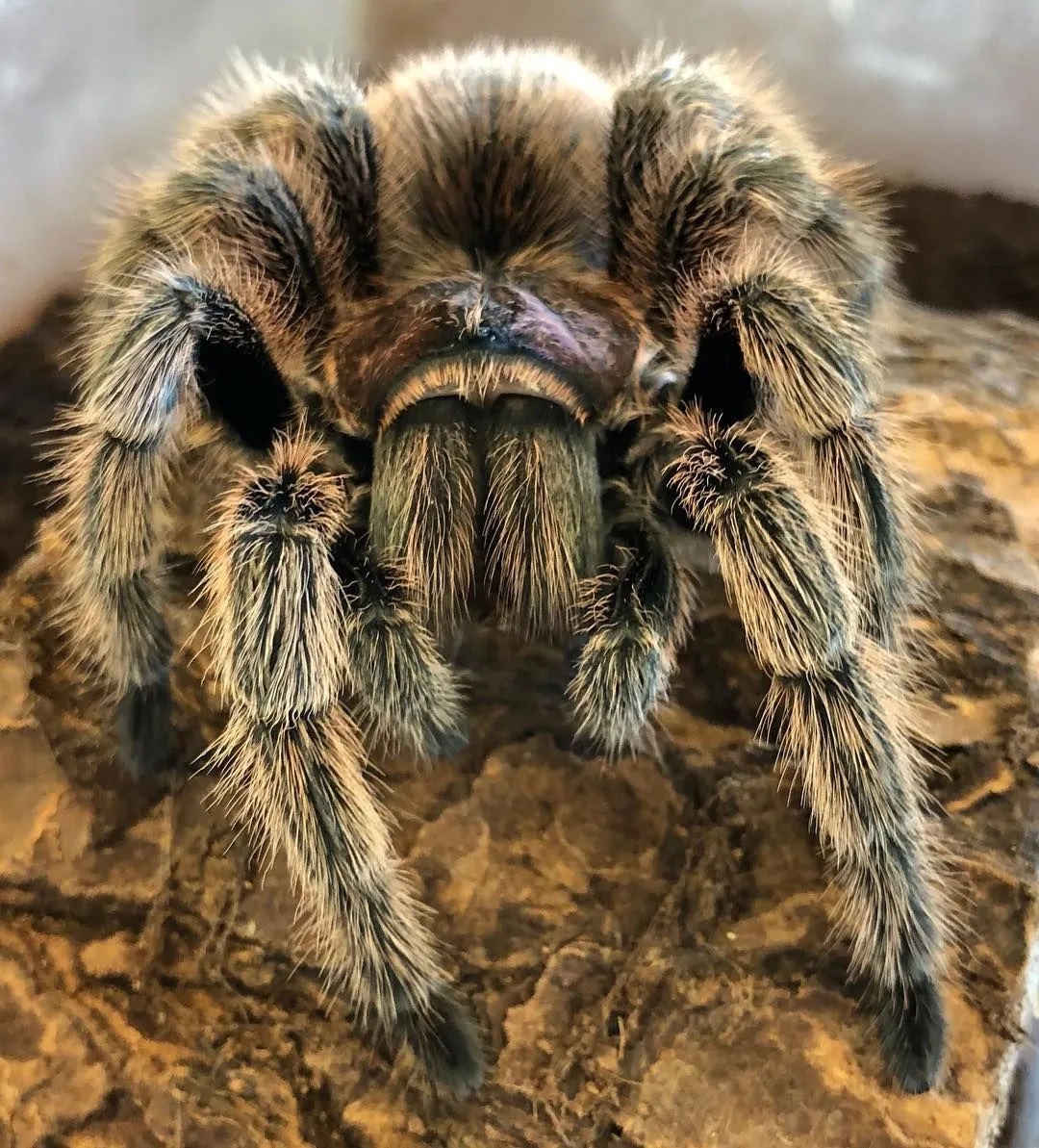
Regardless of the type of tank you choose, several essential features are crucial for the health and well-being of your Rose Hair Tarantula. These features work together to create a suitable environment for the tarantula. Prioritizing these features is an important step in your tarantula care.
Ventilation Requirements
Adequate ventilation is critical for maintaining the air quality and preventing mold growth in the tank. The amount of ventilation needed will depend on the size of the tank, the humidity level, and the local climate. Proper ventilation prevents the buildup of harmful gases and promotes a healthy environment for your tarantula. Most tanks will need ventilation, whether it’s mesh tops or drilled holes. Be sure to monitor the conditions inside the enclosure and make adjustments as needed.
Substrate Selection
The substrate is the material that covers the bottom of the tank. It serves multiple purposes, including providing a place for the tarantula to burrow, maintaining humidity, and absorbing waste. Popular substrate options include coco fiber, peat moss, and vermiculite. The substrate should be deep enough for the tarantula to burrow and should be changed regularly to prevent the buildup of bacteria and waste. Substrate selection is an important part of creating a healthy environment for your Rose Hair Tarantula.
Water Dish Considerations
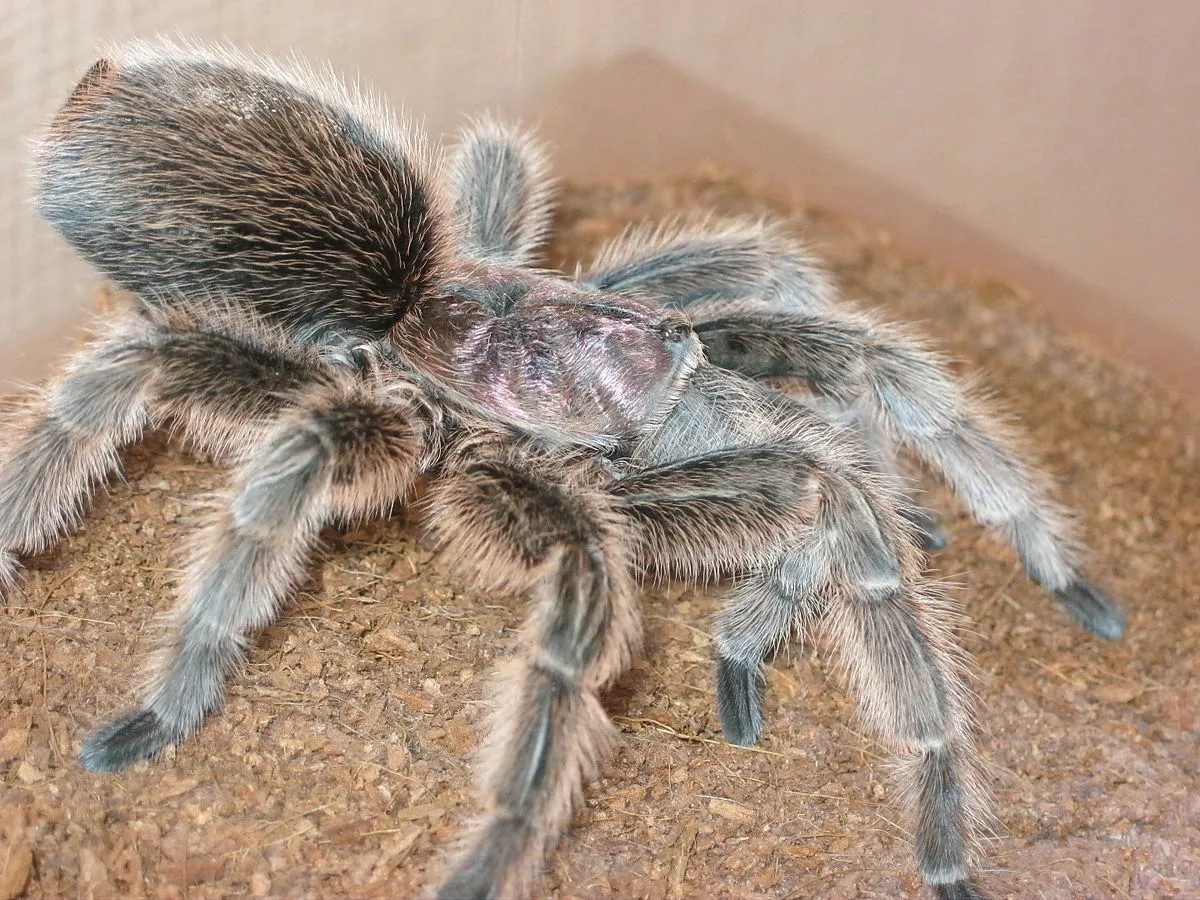
A shallow water dish is a necessity, providing your tarantula with a constant source of fresh water. The dish should be shallow enough to prevent accidental drowning and should be placed in a location where the tarantula can easily access it. You should clean and refill the water dish regularly to prevent contamination. Choosing the right water dish is a simple but important step in tarantula care.
Hiding Spots and Decor
Rose Hair Tarantulas are shy creatures that benefit from having a place to hide. Providing a hide, such as a half-log, a piece of cork bark, or an artificial cave, will help your tarantula feel secure. You can also add other decor items, like fake plants, to create a more natural-looking environment. The right decor not only enhances the aesthetic appeal of the enclosure but also enriches the tarantula’s environment. The hide allows your tarantula to retreat when it feels threatened or simply wants some privacy.
Maintaining the Perfect Tank Environment
Once you’ve selected and set up the perfect tank, the next step is to maintain a stable and healthy environment for your Rose Hair Tarantula. This involves carefully monitoring and adjusting various factors to ensure your tarantula’s well-being. Regular maintenance and observation are essential for the long-term health of your pet.
Temperature and Humidity Control
Rose Hair Tarantulas thrive in a specific range of temperatures and humidity. The ideal temperature is generally between 75-85°F (24-29°C). You can use a heat mat or a ceramic heat emitter to maintain the appropriate temperature. Maintaining proper humidity levels is also important, typically around 60-70%. You can monitor humidity with a hygrometer and adjust it by misting the enclosure with water. Constant monitoring of temperature and humidity ensures the tarantula’s comfort.
Cleaning and Maintenance Tips
Regular cleaning is essential for maintaining a healthy environment and preventing the buildup of harmful bacteria. Spot-clean the enclosure by removing any uneaten food, molted exoskeletons, and fecal matter. Replace the substrate regularly, typically every few months, or more frequently if needed. Clean the water dish and refill it with fresh water. With a well-maintained enclosure, your Rose Hair Tarantula will thrive for many years to come. This will help ensure your tarantula’s long-term health and happiness.
Choosing the best tank for your Rose Hair Tarantula is a crucial step in providing excellent care. By considering tank size, the different types of enclosures available, and essential features, you can create a safe, comfortable, and enriching environment for your tarantula. Remember to prioritize the health and well-being of your tarantula by maintaining a clean and stable environment. With the right tank and proper care, you can enjoy the fascinating world of Rose Hair Tarantulas for years to come.
